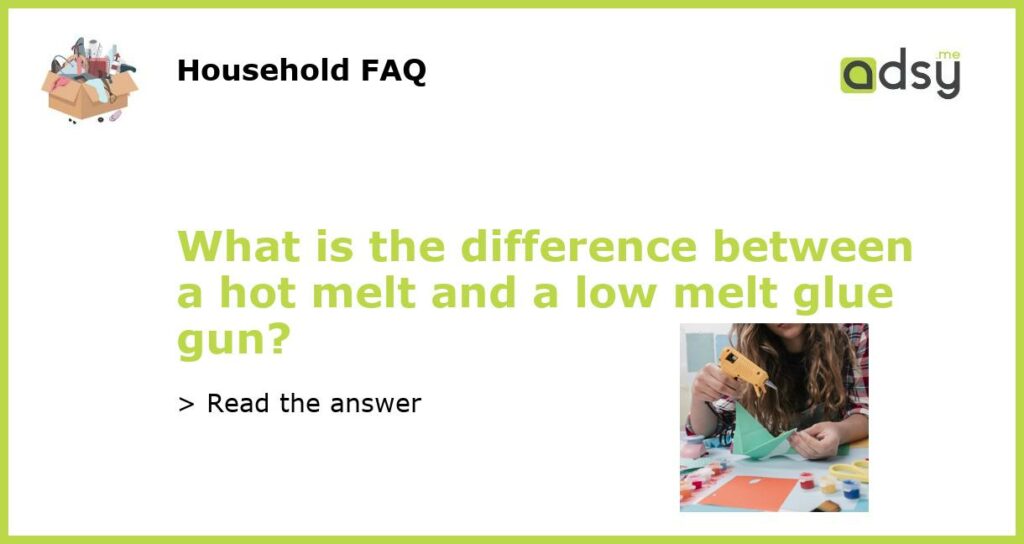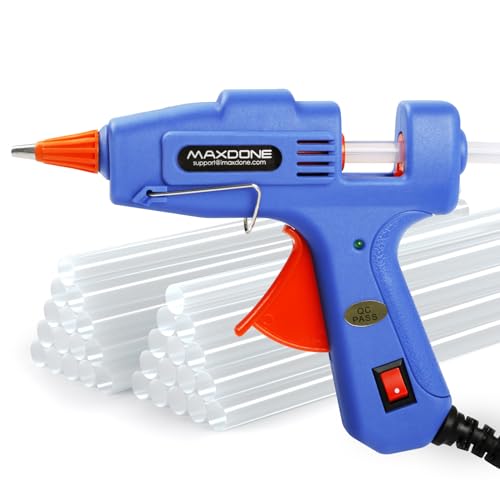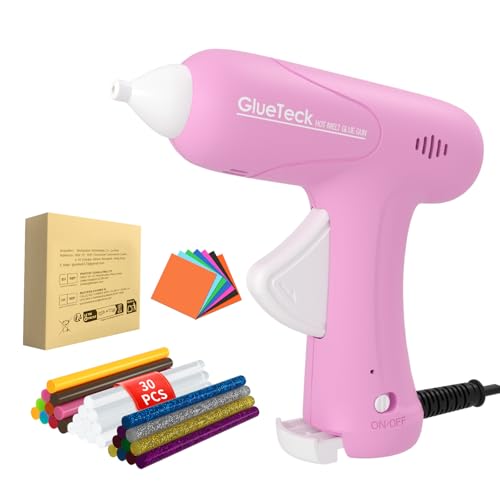Hot Melt Glue Guns vs Low Melt Glue Guns: Understanding the Differences
Glue guns have become a staple tool in DIY projects and home repairs. But with different types of glue guns available in the market, it can be challenging to know which one is best suited for your needs. The two most common types of glue guns are hot melt and low melt glue guns. In this article, we will discuss the differences between the two types, so you can choose the right glue gun for your project.
What are the Features of Hot Melt Glue Guns?
Hot melt glue guns use a thermoplastic adhesive that is heated and melted in the gun’s chamber. The melted adhesive is then dispensed through the nozzle of the gun. Hot melt glue guns are commonly used for projects that require a strong and fast bond. They also work well on porous surfaces and are ideal for bonding plastics, fabrics, and woods.
What are the Features of Low Melt Glue Guns?
Low melt glue guns, on the other hand, use a lower temperature adhesive that is heated at a slower pace than a hot melt glue gun. This type of glue gun is ideal for projects that require a stronger bond than a regular glue stick but may damage heat-sensitive materials. Low melt glue guns work well on heat-sensitive surfaces, such as foam, and are ideal for projects where time is not a significant factor.
Which One is Right for You?
The choice between a hot melt and low melt glue gun ultimately depends on the project at hand. If you are working with porous surfaces, require a fast and strong bond, and have no heat-sensitive materials, a hot melt glue gun is a perfect choice. If you are working with foam or other heat-sensitive materials or require a slower bond, then a low melt glue gun is ideal.
Both hot melt and low melt glue guns have their advantages and disadvantages. By understanding the differences between these two types of glue guns, you can choose the right one that fits your project’s requirements. Remember to always read the manufacturer’s instructions before using any type of glue gun to ensure your safety.






